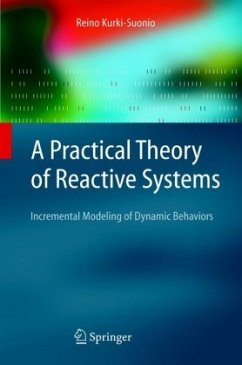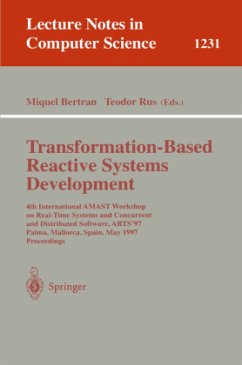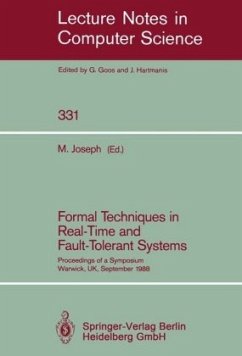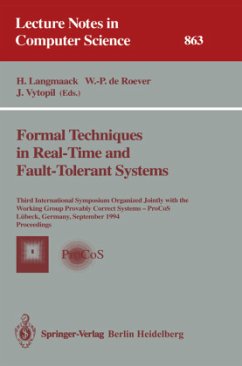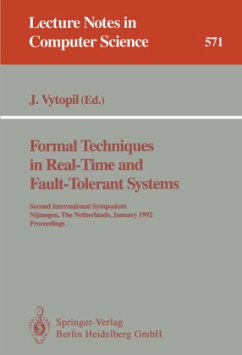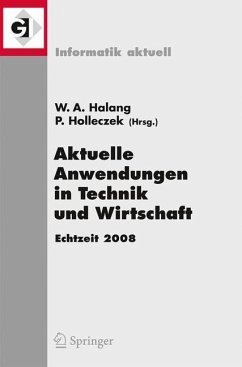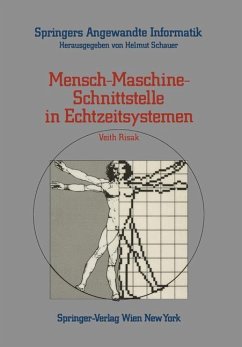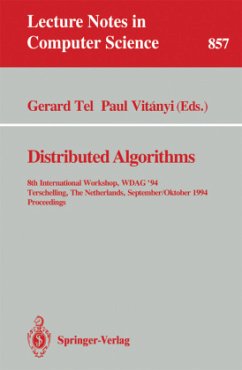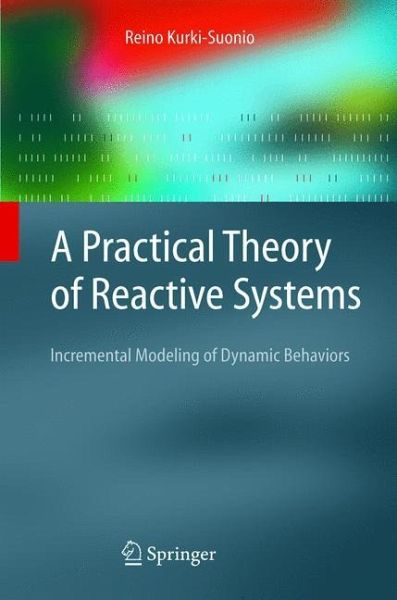
A Practical Theory of Reactive Systems
Incremental Modeling of Dynamic Behaviors
Versandkostenfrei!
Versandfertig in 6-10 Tagen
38,99 €
inkl. MwSt.
Weitere Ausgaben:

PAYBACK Punkte
19 °P sammeln!
A man may imagine he understands something, but still not understand anything in the way that he ought to. (Paul of Tarsus, 1 Corinthians 8:2) Calling this a 'practical theory' may require some explanation. Theory and practice are often thought of as two di?erent worlds, governed bydi?erentideals,principles, andlaws.DavidLorgeParnas, forinstance,who hascontributedmuchtoourtheoreticalunderstandingofsoftwareengineering and also to sound use of theory in the practice of it, likes to point out that 'theoretically' is synonymous to 'not really'. In applied mathematics the goal is to discover useful...
A man may imagine he understands something, but still not understand anything in the way that he ought to. (Paul of Tarsus, 1 Corinthians 8:2) Calling this a 'practical theory' may require some explanation. Theory and practice are often thought of as two di?erent worlds, governed bydi?erentideals,principles, andlaws.DavidLorgeParnas, forinstance,who hascontributedmuchtoourtheoreticalunderstandingofsoftwareengineering and also to sound use of theory in the practice of it, likes to point out that 'theoretically' is synonymous to 'not really'. In applied mathematics the goal is to discover useful connections between these two worlds. My thesis is that in software engineering this two-world view is inadequate, and a more intimate interplay is required between theory and practice. That is, both theoretical and practical components should be integrated into a practical theory. It should beclearfrom theabovethattheintended readership of this book is not theoreticians. They would probably have di?culties in appreciating a book on theory where the presentation does not proceed in a logical sequence from basic de?nitions to theorems and mathematical proofs, followed by - plication examples. In fact, all this would not constitute what I understand by a practical theory in this context.





